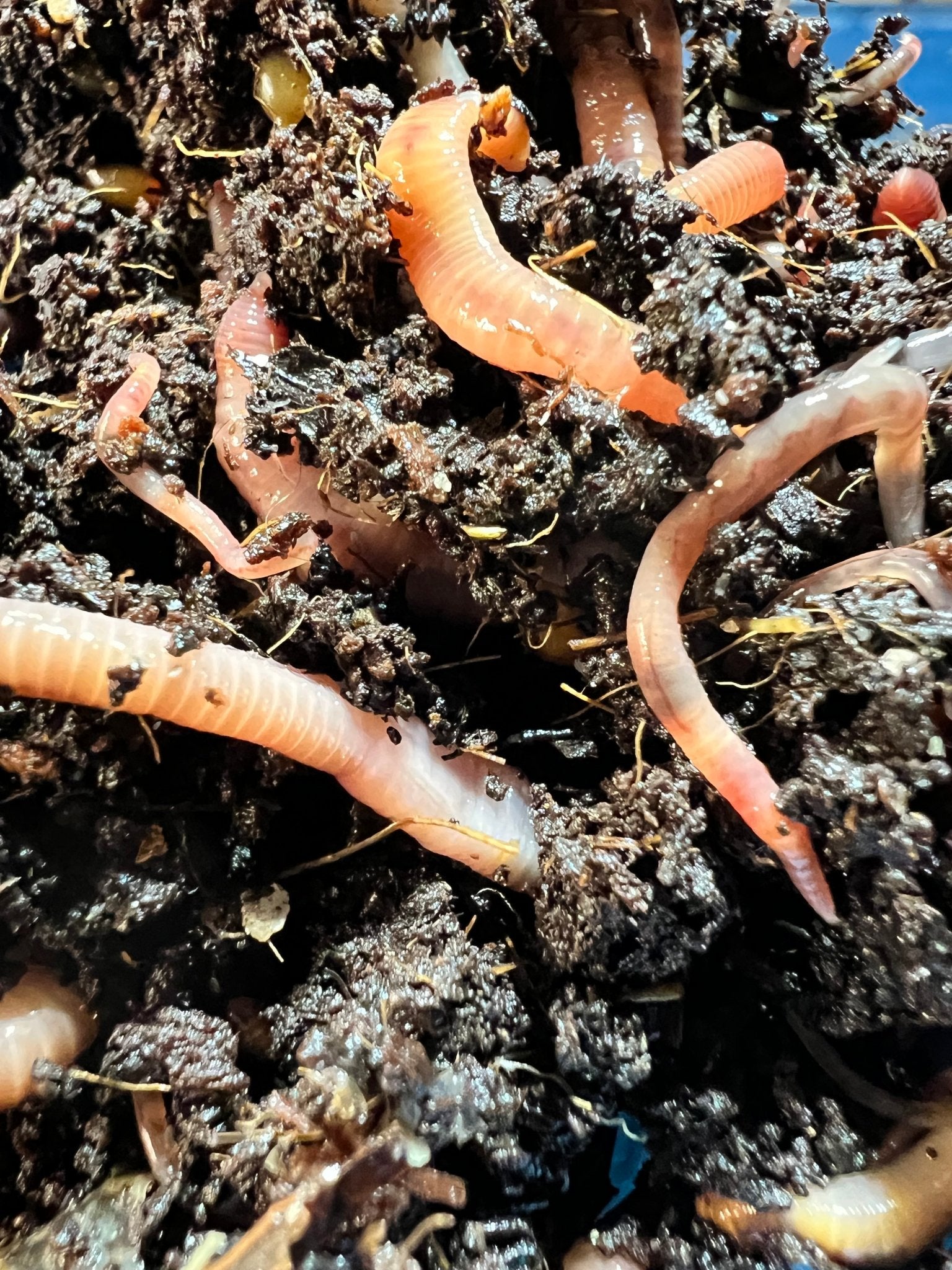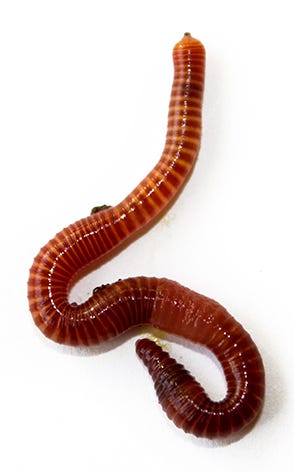Red Wiggler Worms Demystified: Opening the Secrets of Vermiculture for Greener Living and Nutrient-Rich Dirt
In the world of sustainable methods for improving dirt quality and advertising eco-conscious living, red wiggler worms play a critical yet often overlooked duty. These humble animals possess the impressive capability to change organic waste right into nutrient-rich castings that act as a powerful all-natural fertilizer. By diving into the world of vermiculture, one can discover a variety of advantages that extend much beyond standard composting approaches. Comprehending the intricacies of looking after these worms, optimizing their atmosphere, and harnessing their spreadings can cause a greener lifestyle and healthier soil for plants to prosper.
The Duty of Red Wiggler Worms
Red Wiggler worms play an essential duty in composting systems by effectively breaking down organic matter into nutrient-rich castings. These ravenous eaters take in a variety of natural products, such as kitchen area scraps, lawn waste, and paper products. As they feed, the worms' digestion procedures damage down the raw material right into a penalty, dark, and nutrient-dense product known as worm castings or vermicompost.
The spreadings generated by Red Wiggler worms are highly useful for soil health and wellness and plant growth. They are abundant in important nutrients like nitrogen, potassium, and phosphorus, which are essential for sustaining healthy plant growth. In addition, worm castings consist of advantageous microorganisms and enzymes that help enhance dirt structure, rise water retention, and enhance nutrient uptake by plants.
Advantages of Vermicomposting

It boosts dirt structure, boosts dirt aeration, and boosts dirt wetness retention. Vermicompost also enriches the dirt with important nutrients like phosphorus, potassium, and nitrogen, advertising plant development and total dirt fertility.
In addition, vermicomposting assistances sustainable horticulture techniques by offering a chemical-free and natural option to artificial plant foods. Red Wiggler Worms. This eco-friendly strategy not just enhances the soil however likewise helps in reducing reliance on harmful chemicals, advertising a greener and extra lasting way of horticulture
Establishing a Worm Container
When establishing a worm container for vermicomposting, appropriate setup is critical to guarantee the success of the composting process. The primary step in establishing a worm bin is selecting a suitable container. This can be a plastic container or wooden box that provides sufficient room for the worms to move and has appropriate drainage openings to avoid waterlogging. Next off, a bed linens material such as shredded newspaper, cardboard, or coconut coir should be contributed to the bin. This bed linen gives a comfortable atmosphere for the worms and assists keep dampness levels.
After including the bed linen, introduce the red wiggler worms to the bin. It is advised to begin with a handful of worms and gradually enhance as they increase. The worms need to after that be offered with food scraps such as vegetables and fruit peels, coffee grounds, and eggshells. It is important to stay clear of adding meat, dairy products, oily, or salty foods to avoid bring in insects and developing undesirable odors.
Regularly keep track of the wetness degrees and temperature in the worm container to make certain optimal problems for the worms. With correct configuration and upkeep, the worm bin will effectively convert natural waste into nutrient-rich compost for your plants and yard.
Harvesting Worm Spreadings
To effectively collect nutrient-rich worm spreadings from your vermicomposting system, an organized harvesting approach is necessary. When it comes time to gather the worm castings, there are a couple of vital actions to comply with to make certain a successful process. Quit adding fresh food scraps to one side of the worm bin for a pair of weeks prior to harvesting. This urges the worms to migrate to the side with fresh bedding and food, making it much easier to dig the spreadings from the other side.

Troubleshooting Common Issues
Recognizing and resolving typical challenges that may arise throughout the vermicomposting procedure is vital for maintaining a healthy and balanced and productive worm bin. One usual look at here now problem that vermicomposters encounter is overfeeding. Adding excess food scraps can bring about a buildup of wetness and level of acidity in the worm bin, potentially damaging the worms. To prevent this, feed the worms in small amounts, ensuring that the food scraps are sufficiently damaged down before adding extra. One more concern is unpleasant smells originating from the worm container. Foul scents show anaerobic conditions, typically brought on by overwatering or insufficient air flow. To treat this, readjust the wetness levels by adding completely dry bed linens materials like shredded paper or cardboard and increase oygenation by turning the bed linen on a regular basis.
Furthermore, if the worm population is decreasing or the worms appear undesirable, it could be as a result of ecological stress factors such as severe temperature levels or pH levels. Keeping track of these variables and making needed adjustments is crucial for the wellness of the worms. By repairing these typical problems without delay, vermicomposters can guarantee a successful and smooth vermicomposting procedure while maintaining a prospering worm population.

Final Thought
To conclude, red wiggler worms play an essential duty in vermiculture by damaging down raw material into nutrient-rich dirt. The advantages of vermiculture include greener living and improved soil high quality. Establishing up a worm container is essential for successful vermiculture, and gathering worm spreadings gives beneficial garden compost for horticulture. By understanding and troubleshooting typical concerns, people can open her explanation the keys of vermiculture for lasting living and healthier soil.
As they feed, the worms' gastrointestinal processes break down the organic issue into a penalty, dark, and nutrient-dense material recognized as worm castings or vermicompost.
The spreadings produced by Red Wiggler worms are very helpful for soil health and wellness and plant development. Adding excess food scraps can lead to an accumulation of moisture and acidity in the worm container, possibly harming the worms.Additionally, if the worm population is decreasing or the worms show up undesirable, it can be due to environmental stress factors such as severe temperatures or pH levels. Setting up a worm bin is important for successful vermiculture, and harvesting worm castings offers useful compost for gardening.